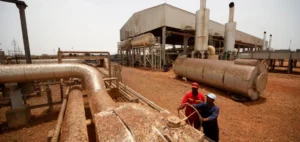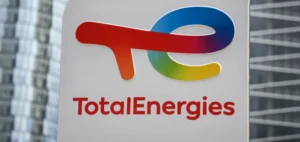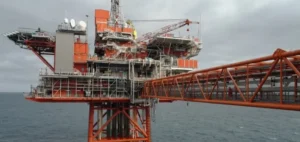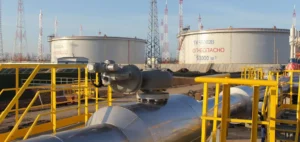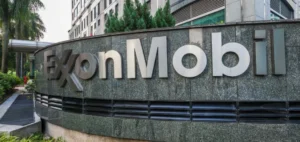Shell reported a 24% increase in net profit for the third quarter, reaching $5.32bn, despite a sustained decline in oil prices. The British group announced the immediate launch of a new $3.5bn share buyback programme, set to run over the next three months.
Financial results beat market expectations
Adjusted profit for the quarter, a key market indicator as it excludes exceptional items, stood at $5.43bn, down nearly 10% year-on-year. Despite this decline, the figure exceeded analysts’ expectations. Shell had already bought back $3.6bn in shares during the period and distributed $2.1bn in dividends to shareholders.
Chief Executive Officer Wael Sawan stated that the strong quarterly results reinforce the group’s ability to deliver returns to investors even amid persistent market volatility.
Oil price pressures and margin performance
Since the beginning of the year, oil prices have declined due to oversupply, notably linked to increased production quotas from the Organization of the Petroleum Exporting Countries and its allies (OPEC+). Shell managed to offset this unfavourable environment through improved refining margins and higher sales volumes.
The group had seen its net profit drop in the first half due to lower hydrocarbon prices and a macroeconomic environment strained by trade tensions initiated by the United States.
Strategic focus shift and investment decisions
In September, Shell halted construction of a biofuels plant in the Netherlands, originally launched in 2022. The project was deemed non-competitive by management, in a context of spending rationalisation and a strategic shift back to oil and gas activities.
This decision aligns with a cost-cutting plan announced earlier in the year, aimed at restoring profitability following a 17% drop in net profit in 2024. The group continues to pursue a strategy focused on short-term financial performance, concentrating on its most profitable operations.
Consistent shareholder returns strategy
Despite geopolitical uncertainty and market fluctuations, Shell remains committed to capital distribution. This strategy, combined with targeted portfolio adjustments, aligns the group’s priorities with financial market expectations.








